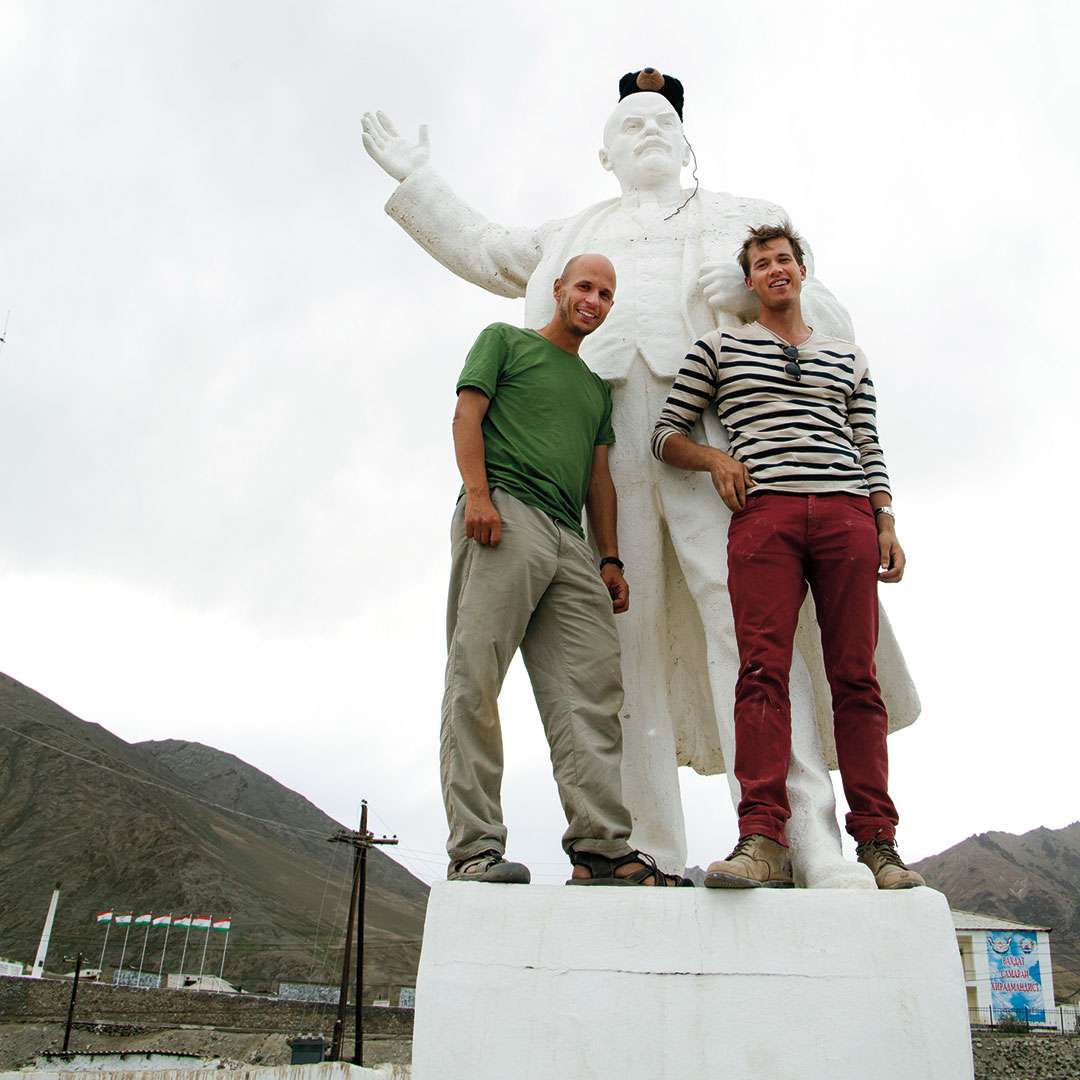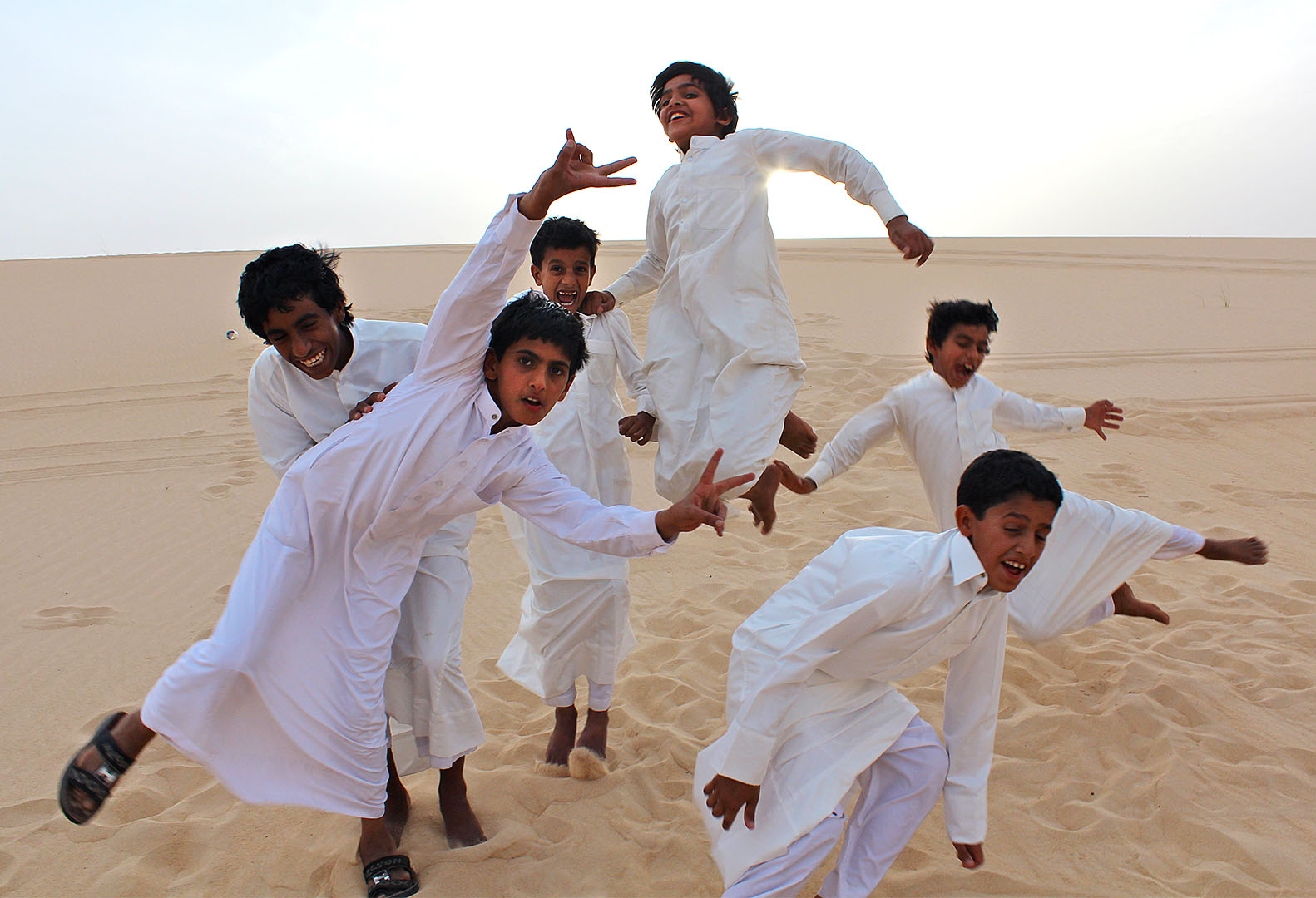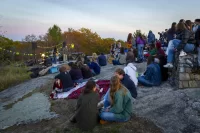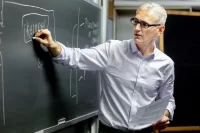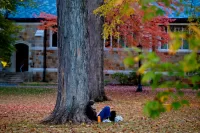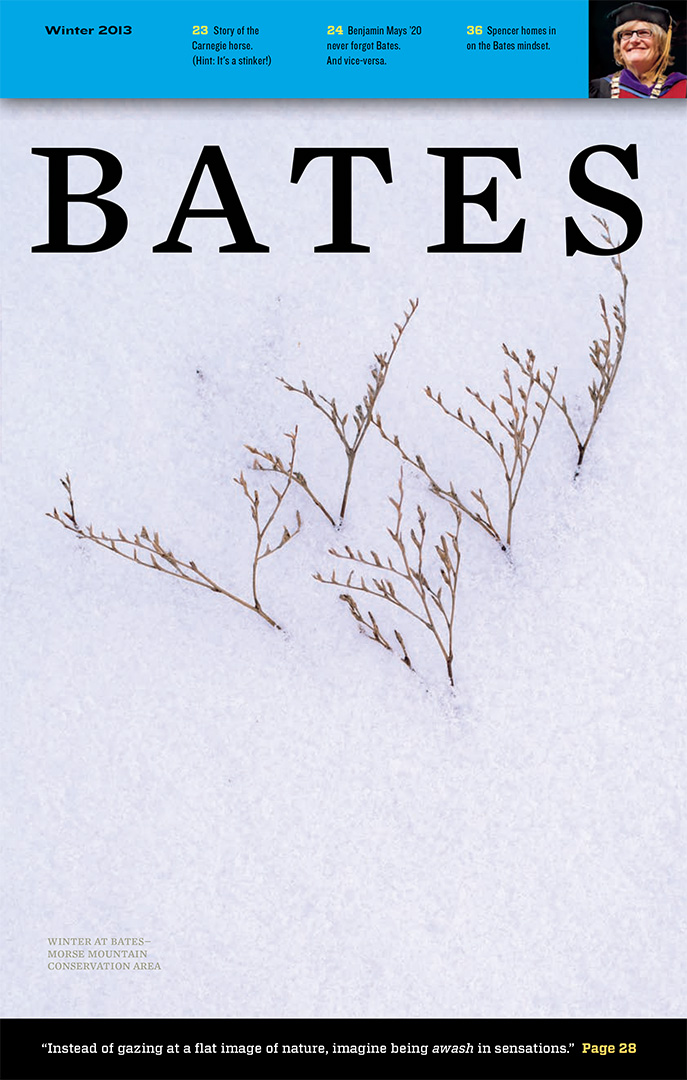
Editors Note: Fall 2011
Spare Change
After calling Pettigrew Hall home for much of his faculty career, Sanford Freedman and his English faculty colleagues are now in Hathorn Hall.
“Fifty-six boxes,” Freedman says, explaining how much stuff he, with help from his children and a moving company, lugged the 350 feet from Pettigrew to Hathorn.
The reopening of renovated Hedge and Roger Williams halls (see page 12) started the domino effect of academic and administrative moves this summer:
From Bardwell Street, the environmental studies faculty are now in Hedge, along with philosophy and religious studies, who moved from Campus Avenue.
From Hathorn and Lane, respectively, the foreign language programs and the Off-Campus Study office have joined forces in Roger Williams.
From Campus Avenue’s Alumni House, being demolished due to structural problems, the Office of Alumni and Parent Engagement is in Hathorn.
From Schaeffer Theatre and Coram Library, the dance faculty have stepped into Pettigrew, joining the Bates Dance Festival, which moved from Frye Street.
I’ve always thought that Bates is pretty good at not allowing stuff, whether buildings or history, to halt the occasional regathering of faculty in different places as academic needs change.
As this issue shows, the concept of regathering resources isn’t limited to the academic realm. Starting on page 22, we explain how Bates made great and sometimes painful changes to improve the college’s career-development program.
Elaine Tuttle Hansen, in her final interview as Bates’ seventh president (page 16), says that “the very nature of a liberal arts college is that we are always embracing change.” New students and new faculty bring with them new approaches to teaching and learning.
Of course, each change takes something from our shared Bates language. Many alums now hitting middle age will recall, or try to recall, that Roger Williams was the dorm that once hit High Times’ “Pot 100” list. The Bill was also known as the “Dome of the Hopers” -— just switch the first letters of “Dome” and “Hopers” to get the joke.
Yet today, because the building has been out of commission for a few years, younger students don’t even know what building “the Bill” refers to.
Still, there are threads that speak to both past and present. In Hedge more than a half-century ago, Bert Knight ’46 worked with chemistry professor Walter Lawrance. As the state-appointed “Rivermaster,” Lawrance tried to get paper companies along the Androscoggin River to limit their pollution.
This fall, the environmental studies faculty and seniors are working on a community project, again based in Hedge, that asks a bold question: What will it take, politically, economically, environmentally, and personally, to make the most of the Androscoggin River?
This fall, Sanford Freedman is teaching familiar courses like Shakespeare and 18th-century British literature. But the forces of change ensure that “every course is different every year,” he says. Each year, preparing a course is like “climbing a familiar mountain and taking a different route to the top.”
See you at the summit, Sanford.
H. Jay Burns, Editor
